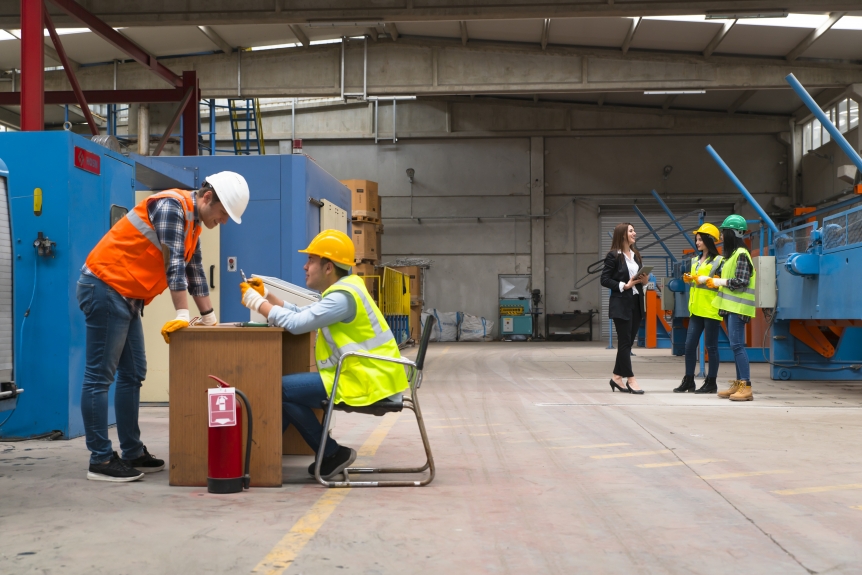By Ryland Overly, GSP, Risk Control Consultant
As most of us know, no two manufacturing operations are the same. Some may be similar, but there will always be some variance in the process, whether it be the raw materials, the machines, the setup, or the people working in the organization. Each one of these operations has its hazards that must be dealt with to protect its product, equipment, and people. If these hazards are left unchecked, it could result in a catastrophic loss.
The Succeed / KPA safety platform notes that workplace incidents are not only tragic and frequently fatal for workers but also extremely expensive for employers. Between workers’ compensation, legal fees, regulatory penalties, employee turnover, diminished productivity, and the costs of fixing or replacing broken or damaged equipment, a single accident can financially decimate a business.
Why it’s important to plan for prevention
Now that we have an idea of what catastrophic incidents in a manufacturing operation can result in, we must come up with a plan on how to prevent them from happening. I can think of no better way to do that than utilizing a Safety Committee. But, before we can run, we must learn to walk. To do that, we will again refer to Succeed / KPA for a look at “The Basics of Manufacturing Safety and Compliance“, by Toby Graham. Key components of manufacturing safety are:
- Keeping people alive and unharmed: A Safety Committee gives employees a place to voice concerns about safety issues and tools to correct those issues. This leads to engaged employees and ultimately a better safety culture.
- Keeping the workforce productive: Fewer injuries and accidents mean fewer disruptions to your business.
- Managing risk: A robust safety program, along with an engaged Safety Committee, helps mitigate frequency and severity of incidences.
- Following legal requirements: A Safety Committee can help your business comply with federal and state laws by identifying hazardous conditions in the facility and outdated policies and procedures.
For more information, contact Ryland directly at 717.735.3049 or a member of the Murray Risk Control Team at 717.397.9600 for additional assistance on resources and tools for prevention, including materials contained in the Succeed / KPA risk management platform.
Share this Post

